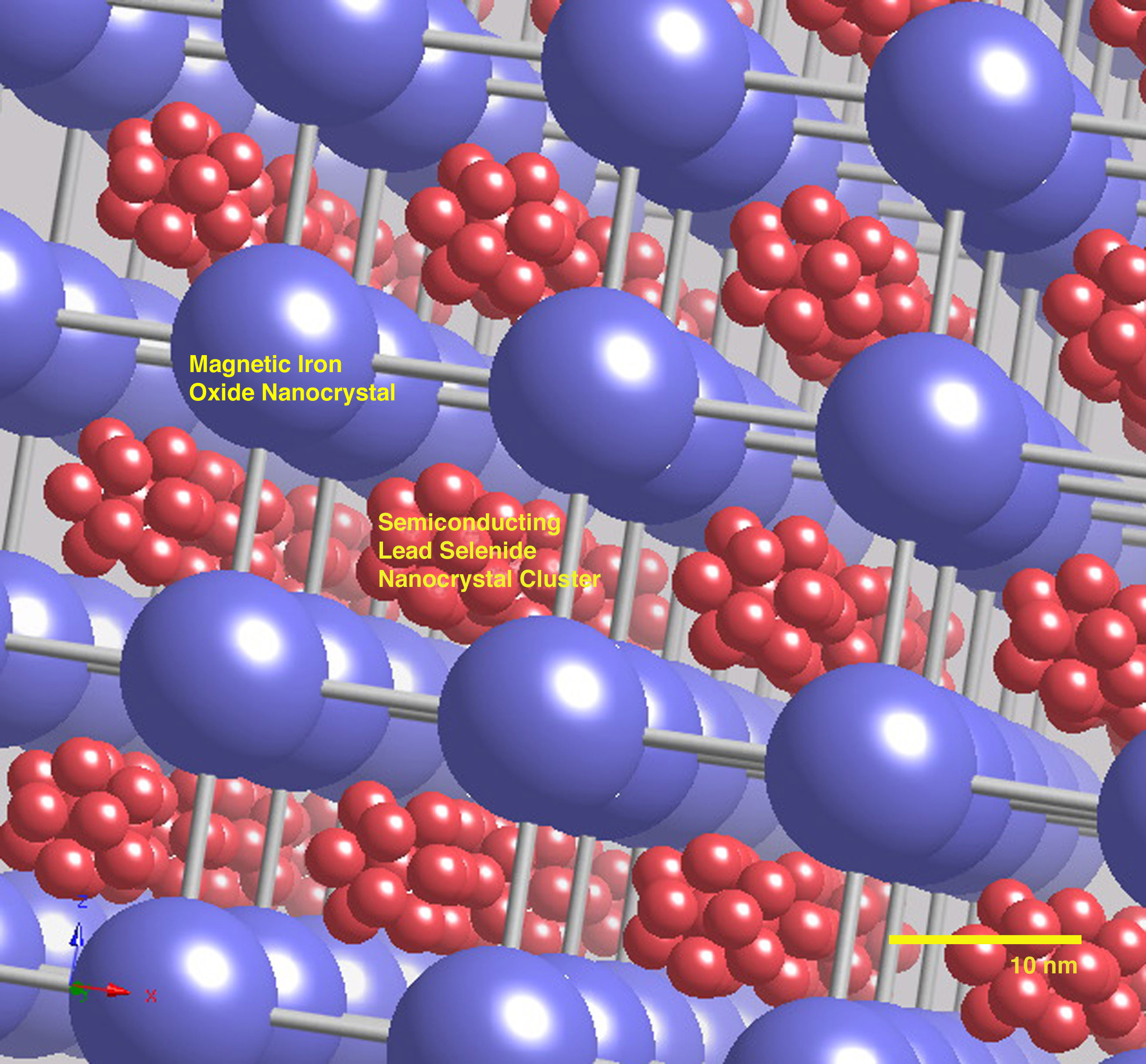

In the 1990s, some reports proposed that vaults may be directly involved in multidrug resistance. Thus, vaults may contribute to nucleocytoplasmic transport. Immunoelectron microscopy with gold-conjugated secondary antibodies indicated that vaults associated with nuclear pore complexes in isolated nuclei. Immunofluorescence analysis with anti-vault antibodies showed that vaults were located on surface of the nuclear envelope in isolated rat liver nuclei. The authors confirmed the cellar localization of vaults using immunofluorescence approaches and immunoelectron microscopy. 16) suggested that vaults serve as the central plug in nuclear pore complexes. Several roles for vaults have been proposed. Because 95.8-kD MVP is 74.6% of the total particle mass, the total molecular weights of the 78 mer and 96 mer are 10.0 MDa and 11.8 MDa, respectively. One contains 78 molecules of MVP, whereas the other includes 96 MVP molecules. Two different structures of rat vault were reported as described below. The molecular weights of mammalian vault components estimated from their sequences are listed in Table Table1. This value was consistent with the sedimentation behavior of vault particles on velocity sucrose gradients. 10) Scanning transmission electron microscopy showed that vault particles have a mass of 12.9 ± 1 MDa. 9) Densitometric analysis of Coomassie Brilliant Blue–stained samples indicated that MVP accounts for 74.6% of the total mass of the particles, including vRNA. Each vault particle is thought to contain two copies of TEP1 and eight copies of VPARP. Mammalian vaults, therefore, are composed of MVP, telomerase-associated protein 1 (TEP1), VPARP and vRNA. 8) The bulk of vRNA in the particles is hvg1.

1, 7) Humans express the hvg1, hvg2 and hvg3 vRNA genes, resulting in products with 98, 88 and 88 bases, respectively. 6) Vaults also contain small untranslated RNA molecules (vRNA, 88–141 bases), which account for 4.6% of the particle weight. 5) The 240-kDa vault protein (formerly 210 kDa) was found to be identical to the mammalian telomerase-associated component. 3) Highly similar to the catalytic domain of poly(ADP-ribose) polymerase (PARP), the 193-kD protein (VPARP formerly 192 kD) catalyzes a polyADP-ribosylation reaction. 1) The protein with a relative molecular mass of 54,000 was determined to be a breakdown product of MVP. The major vault protein (MVP) has a relative molecular mass of 104,000 and accounts for >70% of the total protein. SDS PAGE analysis identified four proteins with relative molecular masses of 210,000, 192,000, 104,000, and 54,000, and a small RNA with a relative molecular mass of 37,000 as components of rat vault.

4) This paper describes the structure of vault elucidated based on X-ray crystallography and electron microscopy. In 2009, we successfully determined the structure of vault from rat liver at 3.5 Å resolution after a number of trials to crystallize the particles. The first structural studies of these large nucleoprotein complexes were performed using electron microscopy, which were followed by X-ray crystallographic and solution nuclear magnetic resonance (NMR) analyses. The widespread presence and evolutionary conservation of vaults suggest important biological roles, although their functions have not been fully elucidated. 3) Extensive structural and functional studies have been performed, particularly by the group that first discovered vaults led by L.H.

2) Vaults have been identified in a wide variety of species, including mammals, birds, fish, echinoids and slime molds. Vaults were first determined to be 35 × 35 × 65 nm 3 in size, 1) and then, using cryoelectron microscopy, were shown to be 41 × 41 × 72.5 nm 3, making them the largest nonicosahedral cytosolic nucleoprotein particles ever described. Based on their morphology, the bodies were named vaults. The particles were purified using sucrose density gradients and agarose gel electrophoresis, revealing symmetric, barrel-shaped structures that resembled the ceilings of gothic cathedrals. 1) These ovoid bodies were also present in preparations of coated vesicles that had been treated with 2 M urea to remove clathrin triskelions, suggesting that the bodies were more stable than the coated vesicles. Vaults are large, ovoid ribonucleoprotein particles that were discovered in 1986 as contaminants in preparations of clathrin-coated vesicles from rat liver tissues.


 0 kommentar(er)
0 kommentar(er)
